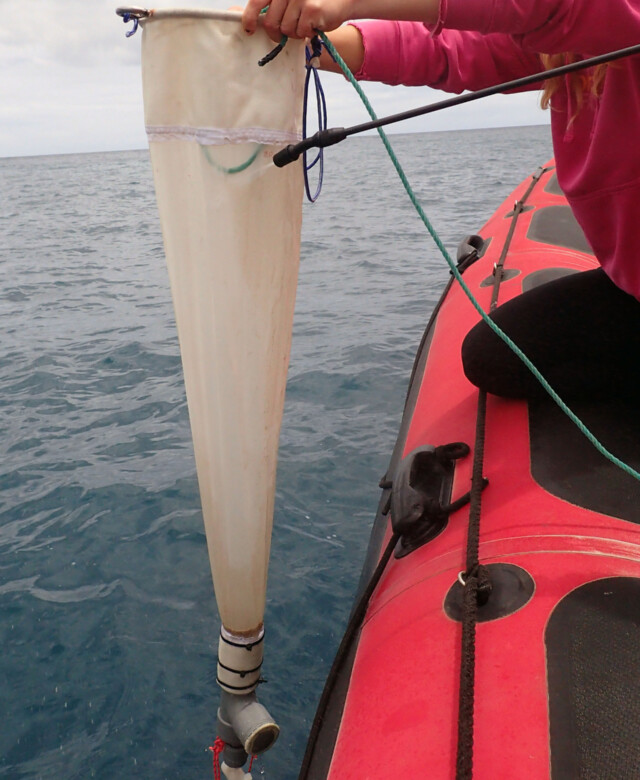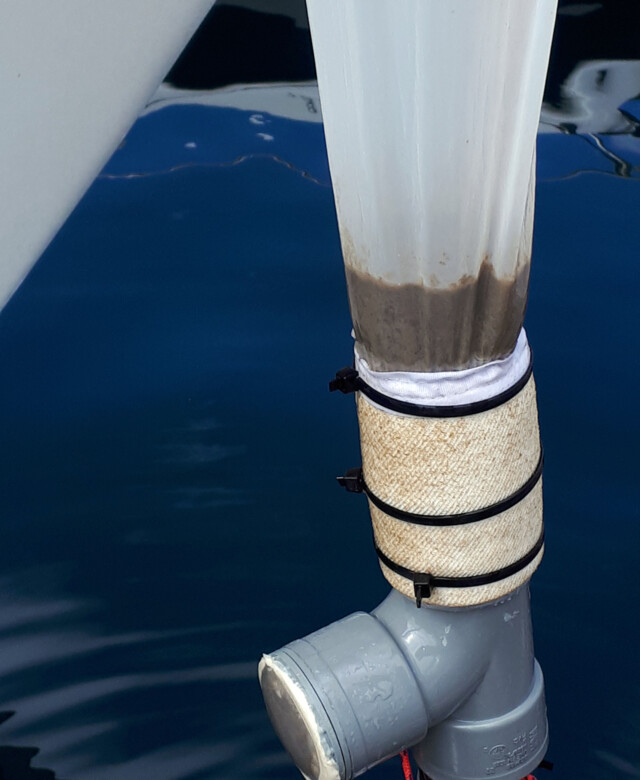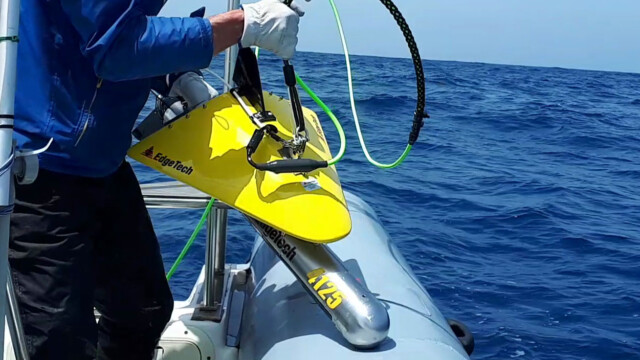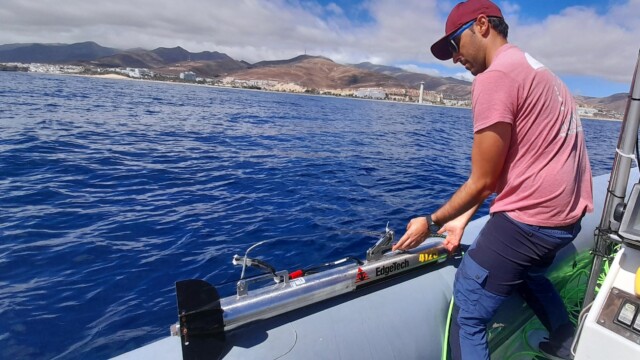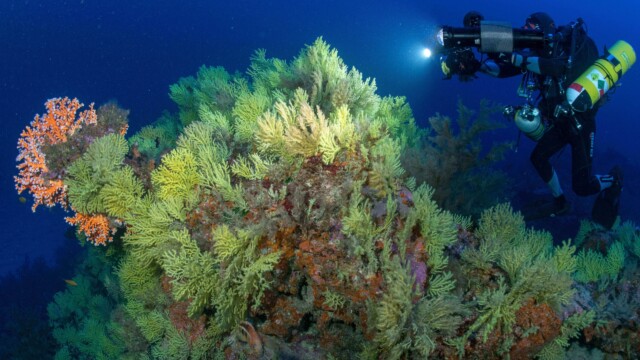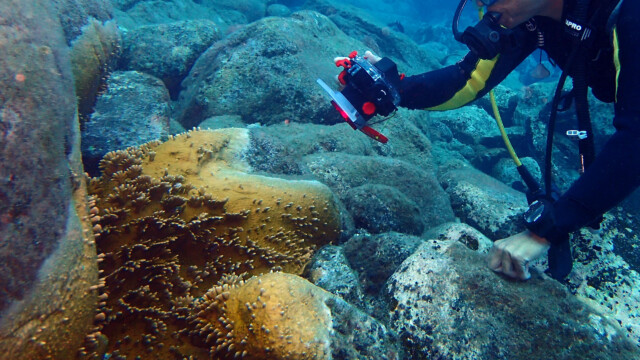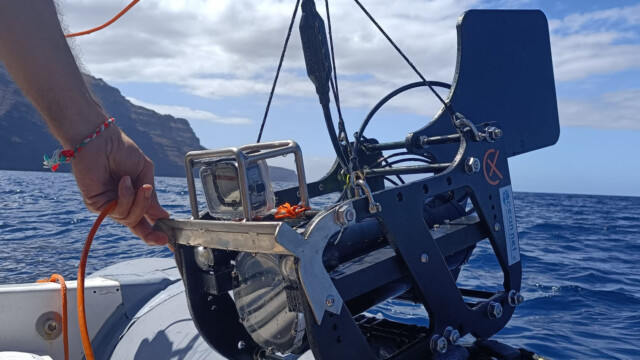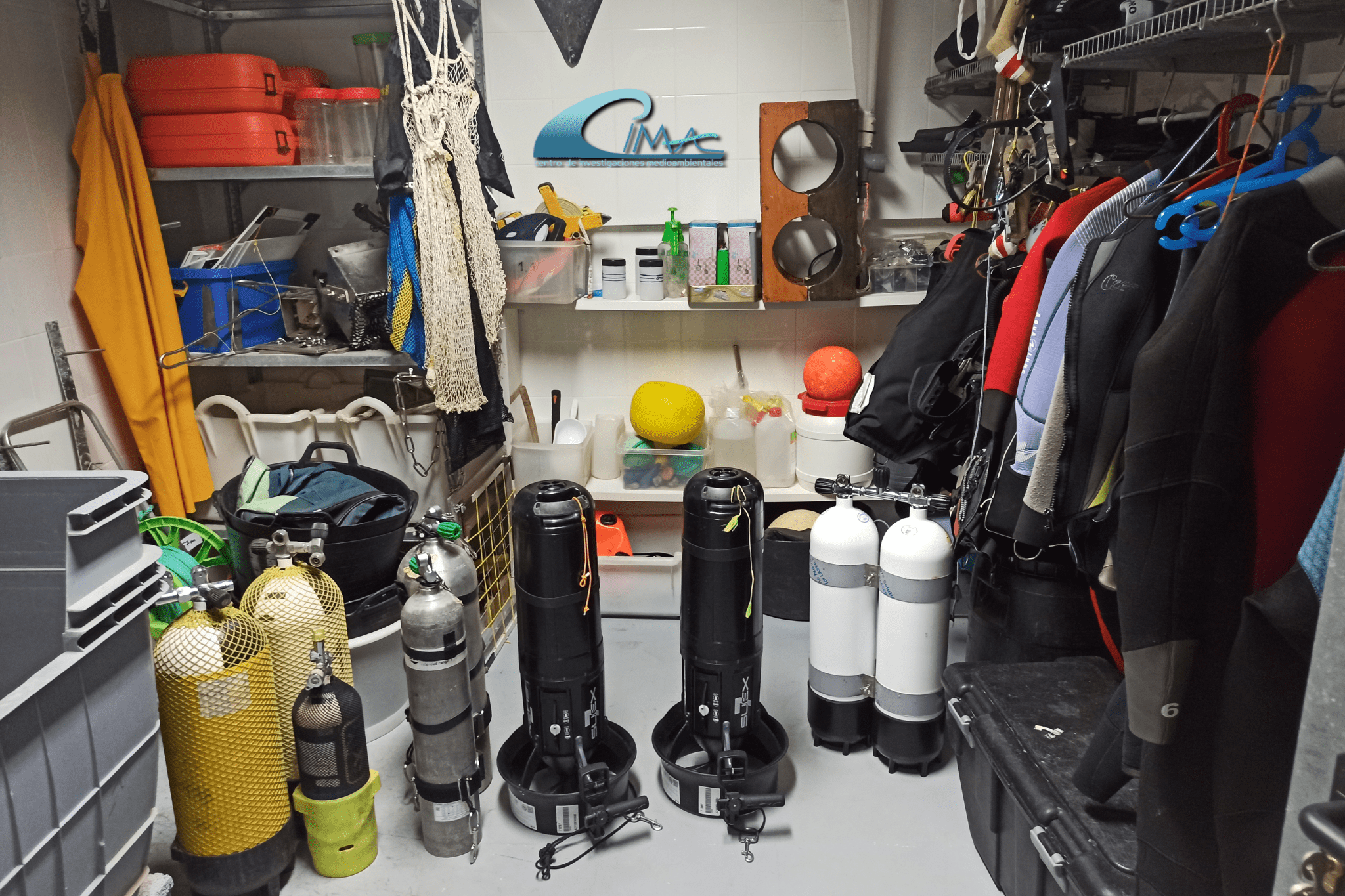
To Reach a Successful Port
CIMA, S.L. has the necessary resources to ensure that all our projects, and yours, reach a successful port.
Below, we present some of the resources we use to conduct our research. All of them can be rented (with required professionals) for use in your investigations.
Vessels
RORCUAL: Semi-rigid VALIANT vessel, 7.5 meters in length, equipped with a main Selva 150HP engine and auxiliary Mercury 20HP engine. Includes GPS-Plotter echo sounder and VHF with MMSI. The vessel is List 5th certified, suitable for professional work and prepared for research campaigns, with capacity for 12 divers. mmsiThe vessel is List 5th certified, suitable for professional work and prepared for research campaigns, with capacity for 12 divers.

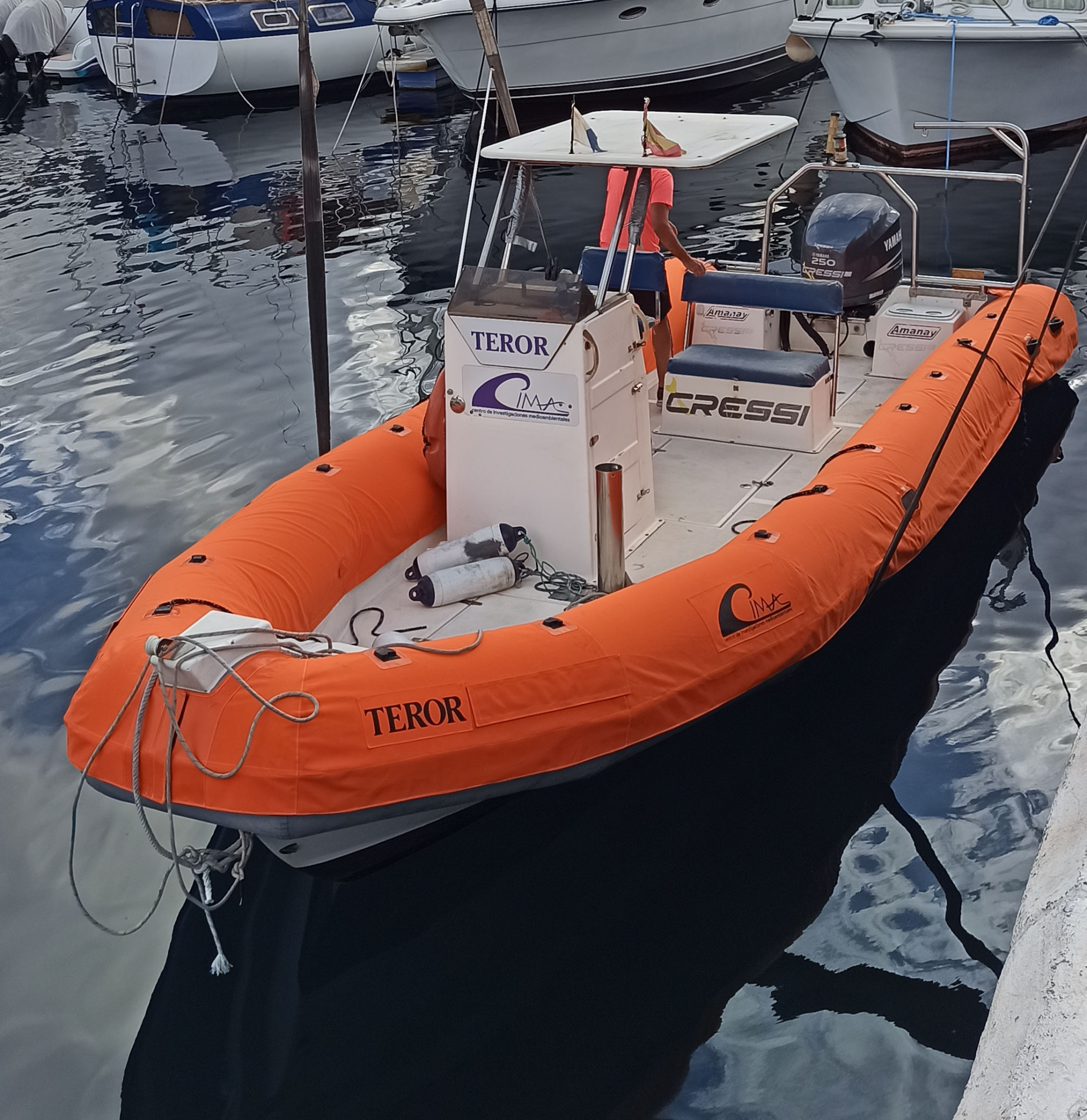
TEROR: Semi-rigid vessel List 5th certified, AMANAY brand, 7.5 meters in length, equipped with a main Yamaha 250HP engine and auxiliary Honda 20HP engine. Includes GPS-Plotter echo sounder and VHF with mmsi. The vessel is certified for 12 people, with a ladder for water access, anchors for diving equipment, anchors for securing coolers for sample preservation and transport, and watertight compartments to safely store materials that must remain dry.
Oceanographic Instrumentation
CTD: The CTD is equipment that records in situ conductivity, water temperature, and depth during submersion, making it essential for creating oceanographic profiles of the water column. The SBE 19plus V2 CTD is enhanced with additional sensors for turbidity, pH, and fluorescence, transforming it into a highly versatile multiparameter probe. This equipment operates at up to 4 Hz, meaning each parameter is measured 4 times per second, providing a high-resolution description of the water being examined.
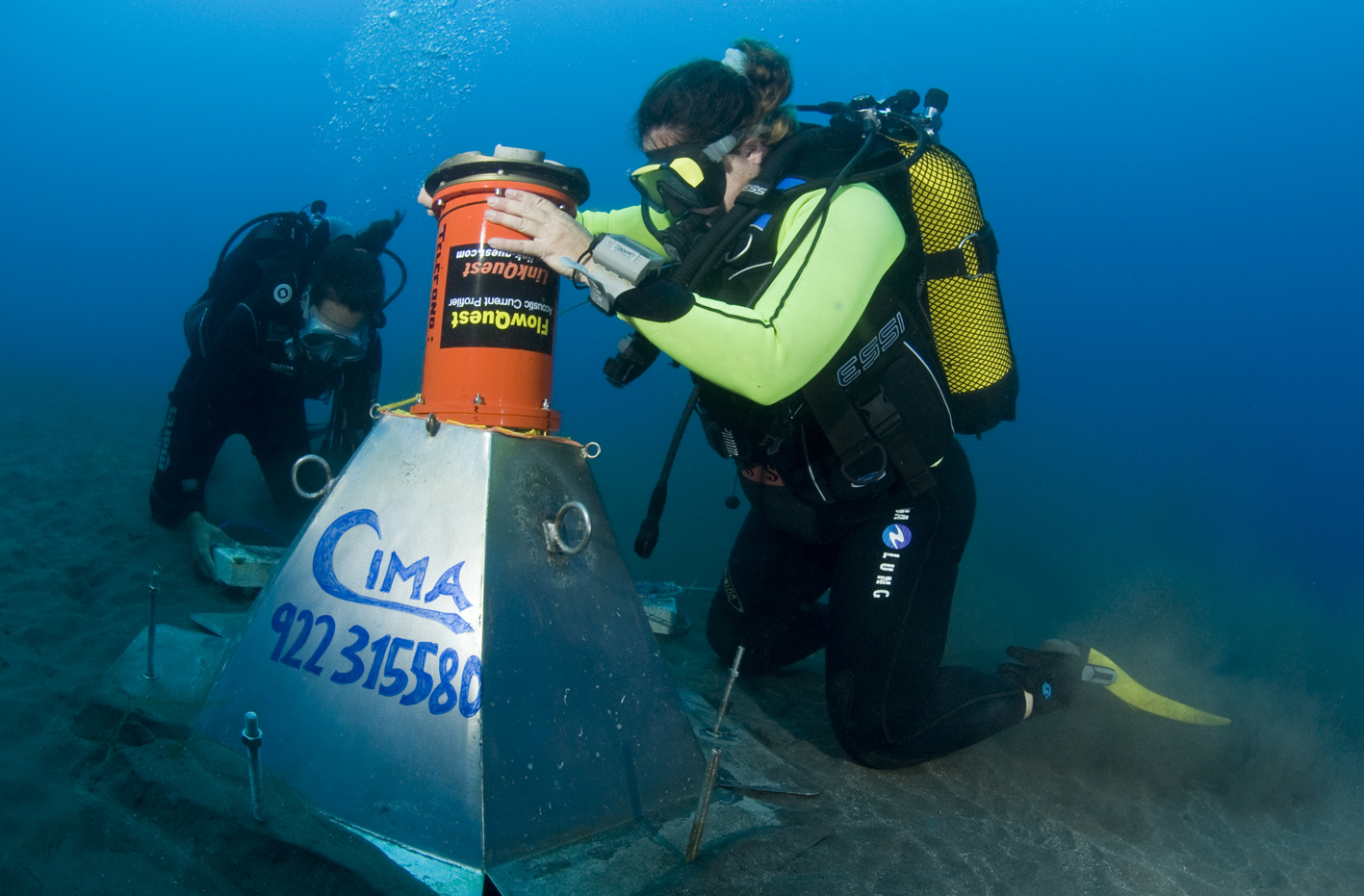
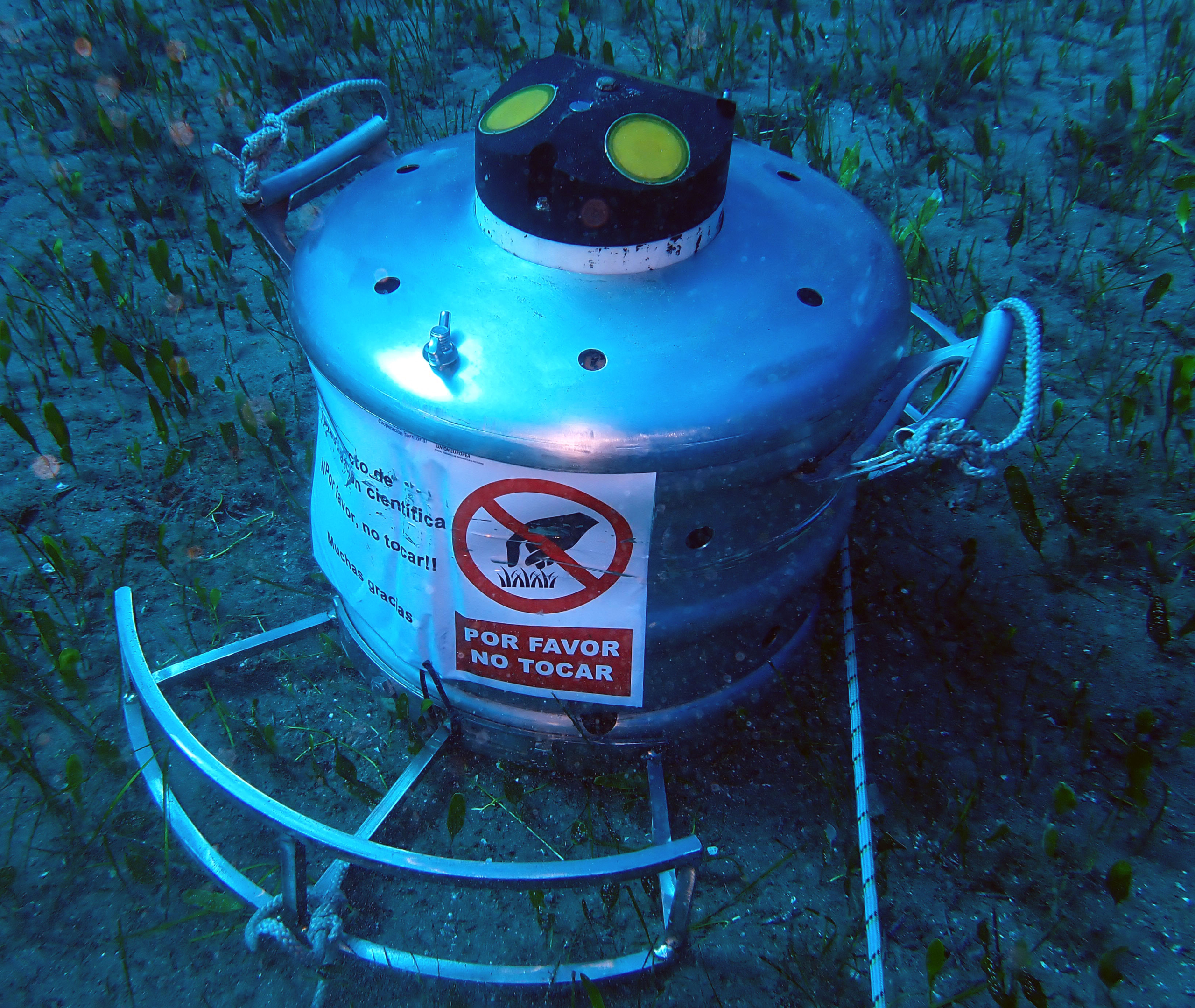
Current Meter: We utilize an Acoustic Doppler Current Profiler (ADCP). This equipment measures the direction and speed of currents throughout the entire water column (up to 100m depth), dividing it into layers with a thickness of 0.5m to 4 meters. It can perform up to two measurements per second, providing highly detailed current profiles for the study area.
Multiparameter Probe: The multiparameter probe enables the creation of oceanographic profiles to determine the physical-chemical characteristics of the water mass. This technology allows continuous data collection across the entire water column. The Eureka Environmental Engineering MANTA2 probe includes the following sensors: · Dissolved oxygen · Chlorophyll · Turbidity · Temperature Salinity/conductivity · Depth.
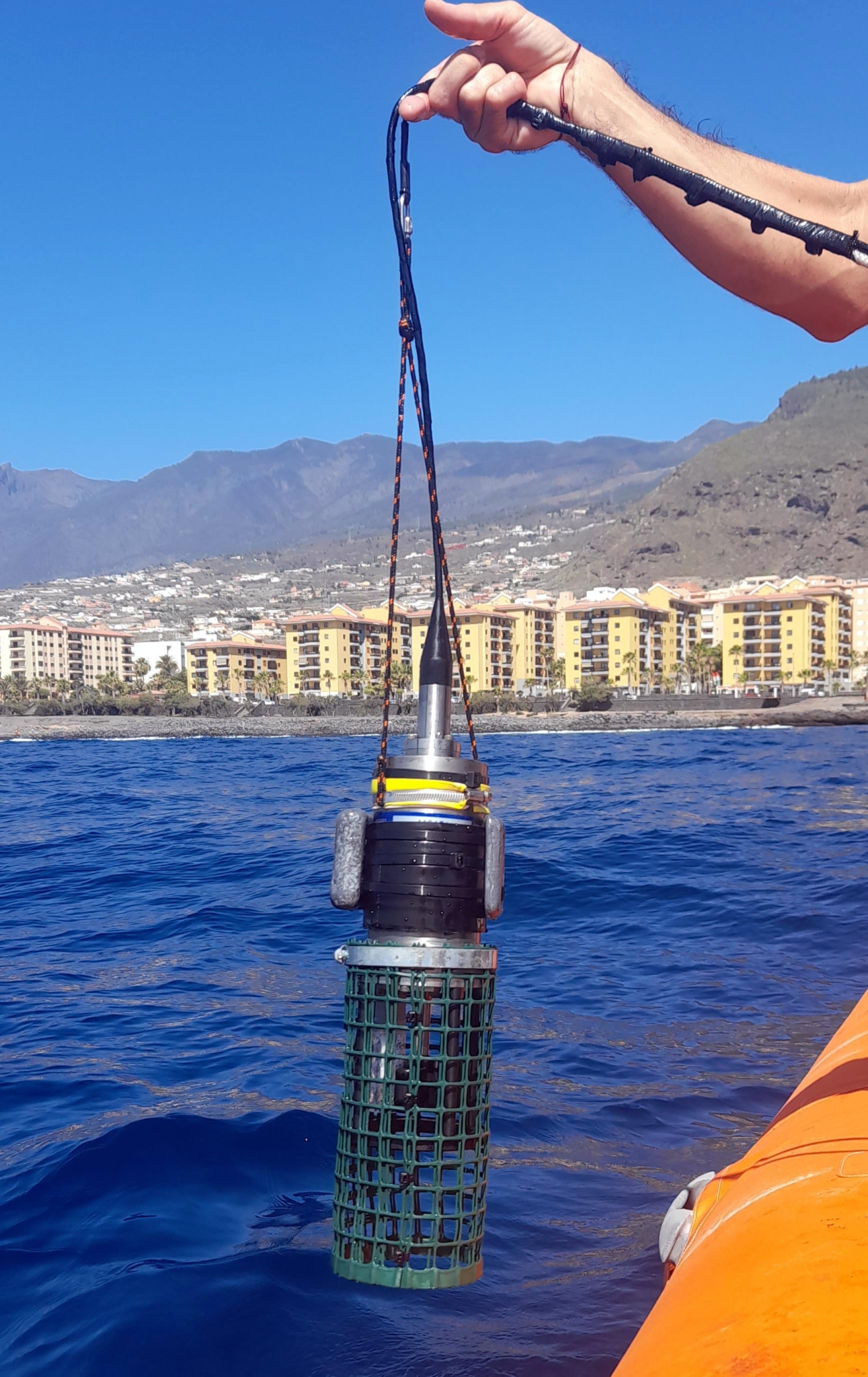
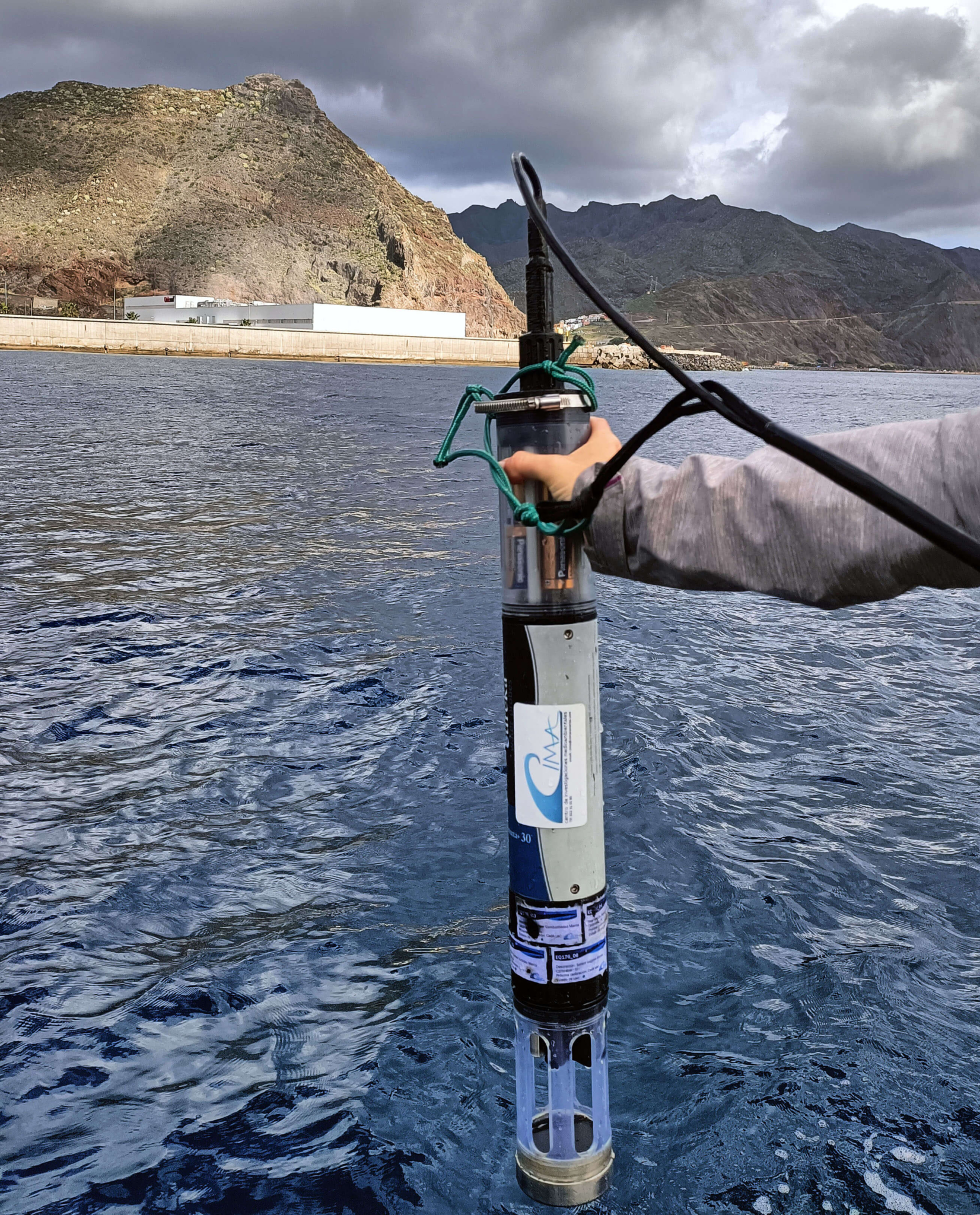
· Niskin: Oceanographic Niskin water sampling bottles, with capacities of 2.5 and 5 liters, featuring a closure system that allows water collection at different depths.
· Dredges: Dredges for sediment sampling, including Van Veen, Foster, and Naturalista types, which collect seabed samples for chemical or biological analysis.
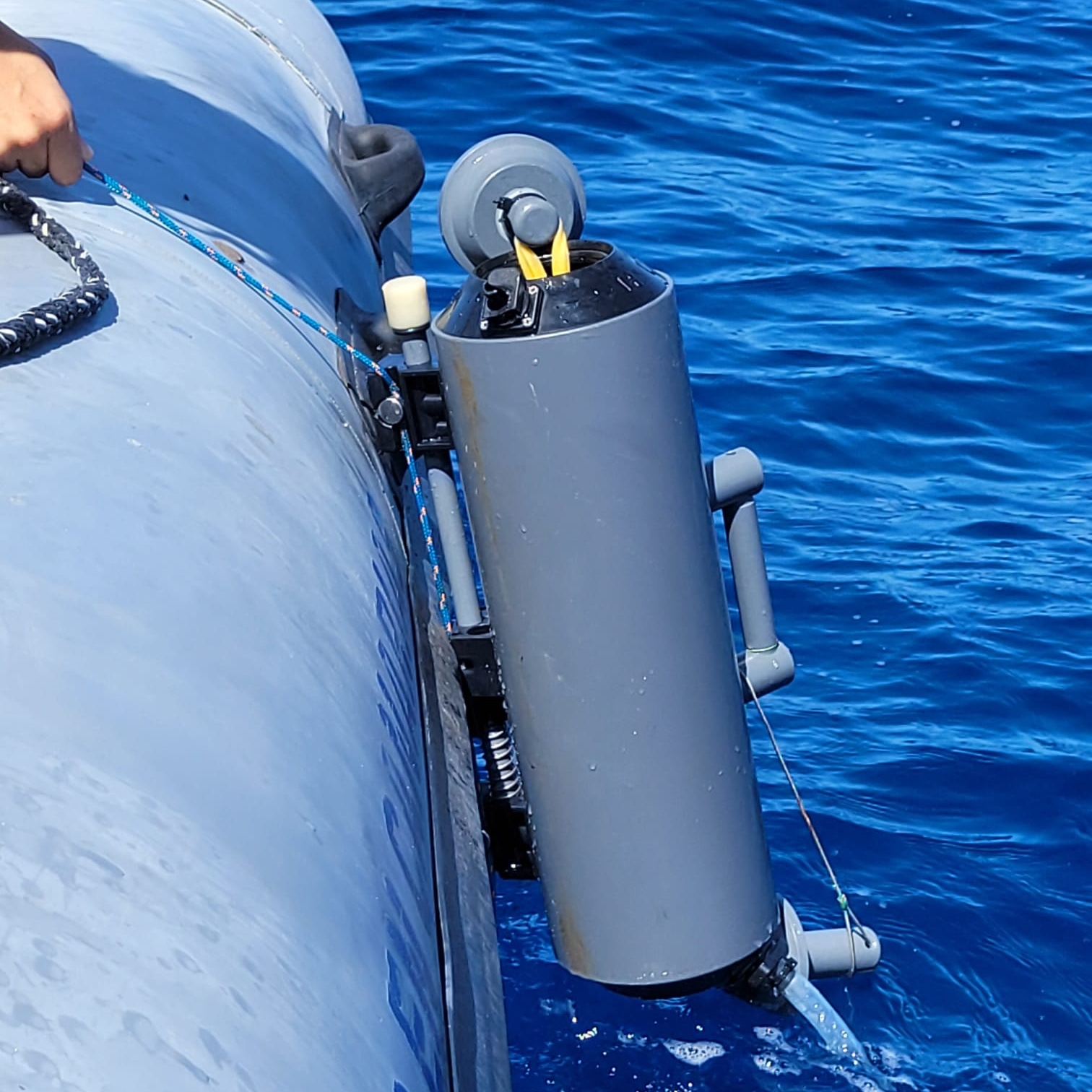
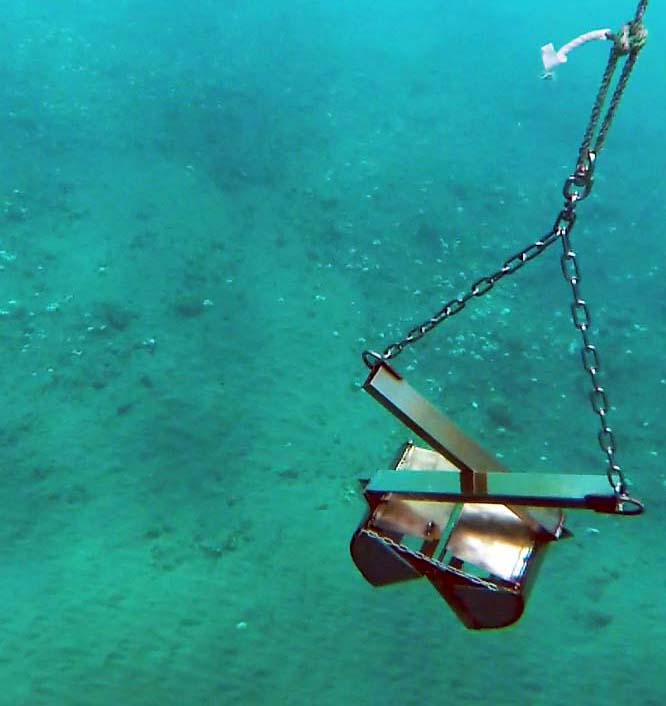
· Red Zooplacton-Fitoplacton: CIMA is equipped with seawater filtering nets with appropriate mesh sizes for obtaining phytoplankton or zooplankton samples.
In this image gallery, we will be able to observe the fishing process step by step through the use of the net.
Sonar: Side-scan sonar. Its most common applications include detailed mapping of habitats and communities across large sectors of the seabed, locating pipelines, viaducts, or cables, searching for submerged objects or archaeological sites, and pinpointing shipwrecks.
ROVS
Submarine ROV SIBUS PRO, equipped with 8 motors and an advanced control system that actively manages pitch and roll for enhanced stability and smooth gliding at high speeds. Features a stabilized HD camera (1080P, 30fps), an auxiliary GoPro-style camera, and four 1,500-lumen spotlights, enabling image capture at depths of up to 200 meters.
Submarine ROV CCROV, a micro remotely operated robot with a 1080P/4K color TV camera and four high-intensity LED lights. Submersible to depths of up to 100 meters.

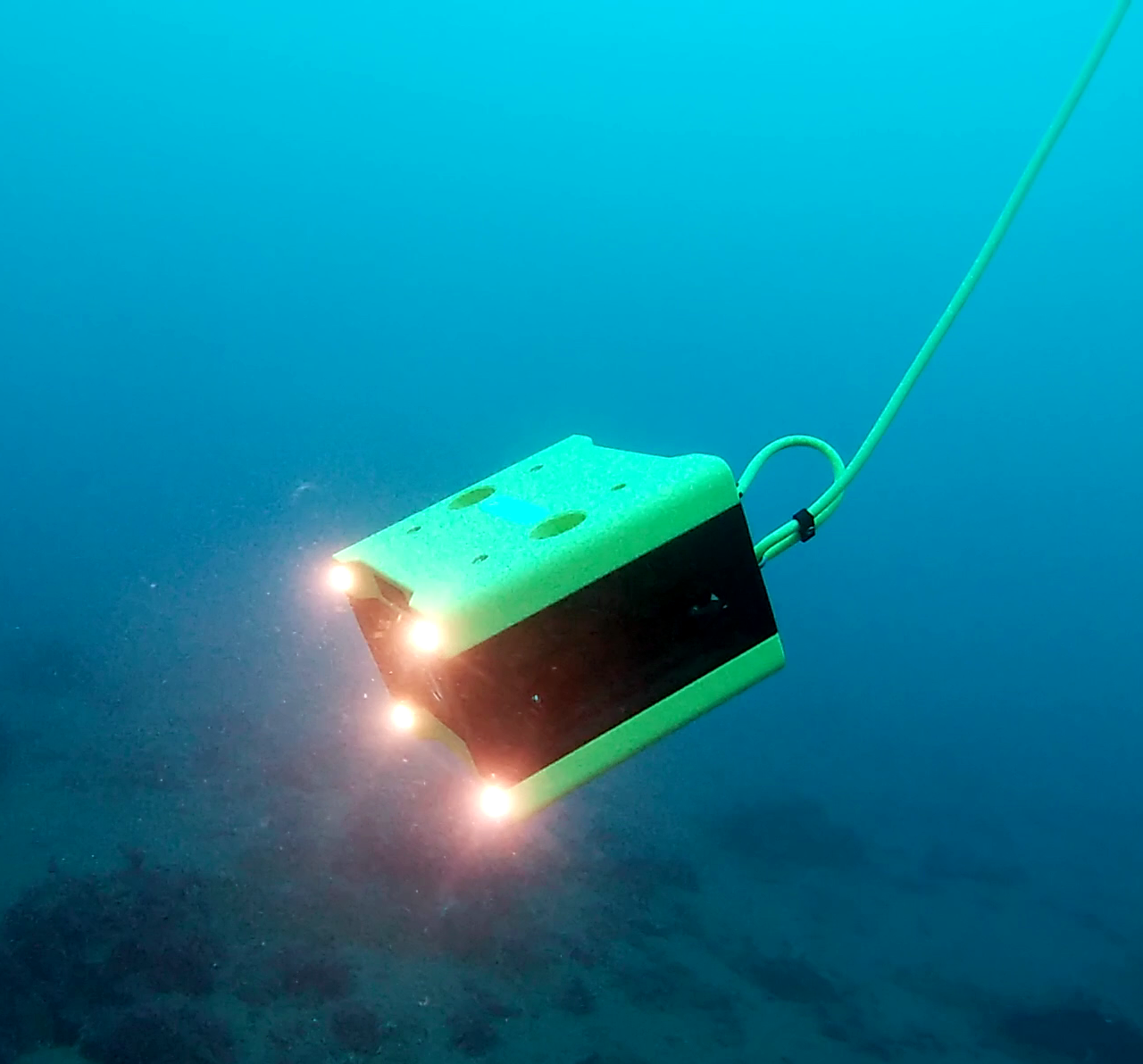
Photography and Video
CIMA has the cameras (photography and video), stabilizers, housings, and underwater lighting necessary to document oceanographic projects.





